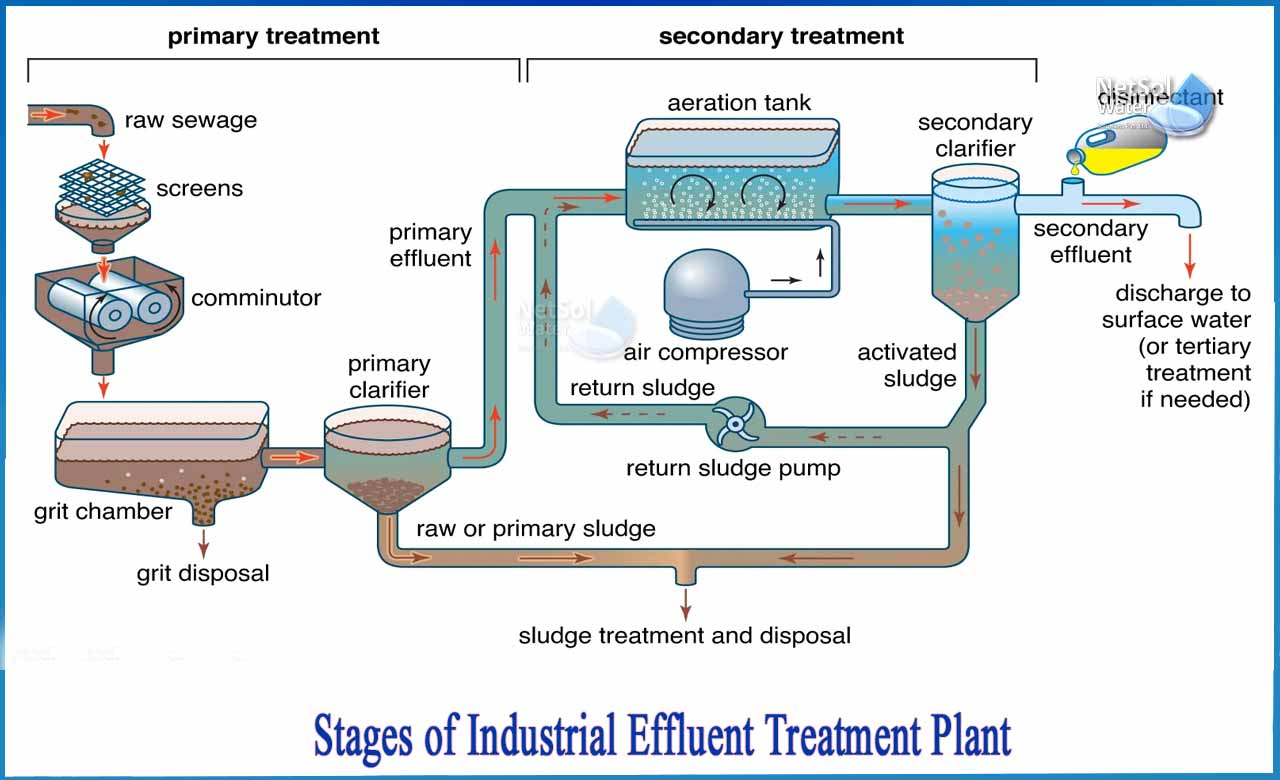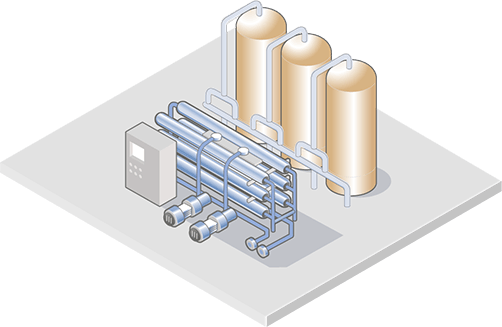Industrial Waste Water Treatment-- Cutting-Edge Technologies for Water Filtration
Industrial Waste Water Treatment-- Cutting-Edge Technologies for Water Filtration
Blog Article
Innovations and Advances in Industrial Waste Water Treatment Technologies
The landscape of commercial wastewater therapy is undertaking a transformative change, driven by innovations that enhance both efficiency and sustainability. As regulatory standards progress, the assimilation of AI and device learning right into wastewater administration systems guarantees to simplify procedures and make certain compliance.
Review of Drainage Treatment Technologies
Wastewater therapy modern technologies include a variety of methods designed to remove impurities from industrial effluents before their release right into the atmosphere. These modern technologies are crucial for keeping environmental equilibrium and ensuring compliance with environmental policies. The main categories of wastewater treatment consist of physical, chemical, and organic methods, each serving distinct objectives based upon the nature of the pollutants present.

Biological therapy approaches utilize bacteria to weaken natural matter, making them specifically effective for organic-rich effluents. Strategies like activated sludge and biofilm reactors harness the all-natural degradation abilities of germs, bring about considerable decreases in biochemical oxygen demand (BOD)
Advanced Filtering Methods
Advanced filtration methods stand for a vital evolution in the world of industrial wastewater therapy, improving the effectiveness of contaminant elimination processes. Industrial Waste Water Treatment. These techniques encompass a variety of modern technologies, consisting of microfiltration, ultrafiltration, nanofiltration, and reverse osmosis, which offer sequential obstacles for different fragment sizes and chemical structures
Microfiltration and ultrafiltration utilize membrane systems to eliminate put on hold solids, germs, and larger natural molecules, improving the high quality of effluent prior to additional treatment. Nanofiltration links the void in between ultrafiltration and turn around osmosis, successfully removing natural compounds and divalent ions, hence reducing the load on downstream procedures.
Reverse osmosis supplies the highest degree of filtration by enabling only water and little particles to go through its semi-permeable membrane layers, making it suitable for recovering top quality water from industrial effluents. Recent improvements in membrane technology, including the development of even more sturdy and fouling-resistant materials, have actually substantially boosted operational effectiveness and lowered costs.
Including these innovative filtering methods not just enhances the general therapy process but also adds to sustainability efforts by allowing water reuse and source recovery in industrial settings. (Industrial Waste Water Treatment)
Organic Therapy Advancements

Furthermore, the growth of engineered organic systems, such as membrane bioreactors (MBRs), incorporates biological therapy with innovative membrane purification. This combination allows for greater effluent top quality and lowered impact, making it suitable for space-constrained commercial facilities. Technologies in genetically engineered microbes have likewise arised, boosting the biodegradation of specific pollutants, such as pharmaceuticals and hefty steels, that are typically challenging to eliminate.
In addition, the application of bioaugmentation strategies, where advantageous germs are presented to boost the existing organic therapy procedures, has actually shown promising outcomes in boosting treatment performance. These developments jointly represent a trend in the direction of even more reliable and lasting biological therapy methods that can adjust to the evolving intricacies of commercial wastewater streams. As sectors proceed to focus on ecological conformity, these organic developments will certainly play an essential role in wastewater management.

Resource Healing Approaches
In industrial setups, the assimilation of source recovery approaches has actually ended up being progressively crucial for enhancing sustainability and lessening waste. These methods concentrate on extracting important materials and power from wastewater streams, therefore transforming possible contaminants right into reusable resources.
One popular strategy is nutrition recuperation, where nitrogen and phosphorus, frequently present over in wastewater, are captured and exchanged fertilizers. This not just minimizes environmental influences but likewise provides a circular economic climate service for agricultural applications. Additionally, innovations such as anaerobic digestion permit the conversion of natural waste into biogas, a renewable power resource that can balance out nonrenewable fuel source usage in commercial operations.
Furthermore, advanced filtration and membrane layer innovations facilitate the recovery of commercial byproducts such as steels and salts. These recouped materials can be reintegrated right into manufacturing procedures, decreasing the demand for virgin sources.
Future Trends in Waste Water Administration
As sectors significantly prioritize sustainability, the future of wastewater management is established to undertake significant makeovers. Technological improvements, such as fabricated intelligence and maker learning, will certainly allow much more efficient surveillance and monitoring of wastewater systems. These modern technologies can predict upkeep needs, optimize therapy processes, and boost decision-making, ultimately reducing operational expenses and ecological influence.
In addition, the assimilation of circular economic situation principles will certainly play a critical duty in wastewater monitoring. Industries are expected to shift towards systems that not only deal with wastewater but also recoup valuable sources, such as nutrients, water, and power. This shift will lessen waste see and promote the reuse of products, straightening with worldwide sustainability goals.
Arising treatment methods, such as membrane bioreactors and advanced oxidation procedures, will better enhance the effectiveness of wastewater therapy, enabling greater quality effluents ideal for reuse. In addition, governing frameworks are likely to advance, highlighting more stringent requirements for wastewater discharge and motivating industries to embrace cutting-edge treatment solutions.
Verdict
Finally, the development of industrial wastewater treatment technologies shows a considerable change in the direction of boosted effectiveness and sustainability. Developments in advanced filtration techniques, organic treatments, and resource recuperation approaches highlight the industry's commitment to environmental stewardship. The combination of fabricated knowledge and machine understanding further enhances these processes, look what i found ensuring regulatory compliance and promoting a round economy. Proceeded developments in these areas will certainly play a crucial function in shaping the future of wastewater monitoring and shielding crucial water resources.
The landscape of industrial wastewater therapy is undergoing a transformative shift, driven by developments that enhance both effectiveness and sustainability.Wastewater treatment innovations include a variety of methods made to get rid of pollutants from industrial effluents prior to their release into the environment.Taking advantage of the power of biological procedures has led to significant technologies in the therapy of commercial wastewater.Additionally, the application of bioaugmentation approaches, where beneficial microorganisms are introduced to boost the existing biological treatment processes, has revealed appealing outcomes in boosting therapy efficiency. These advancements collectively represent a pattern towards even more reliable and lasting organic treatment techniques that can adapt to the advancing complexities of other commercial wastewater streams.
Report this page